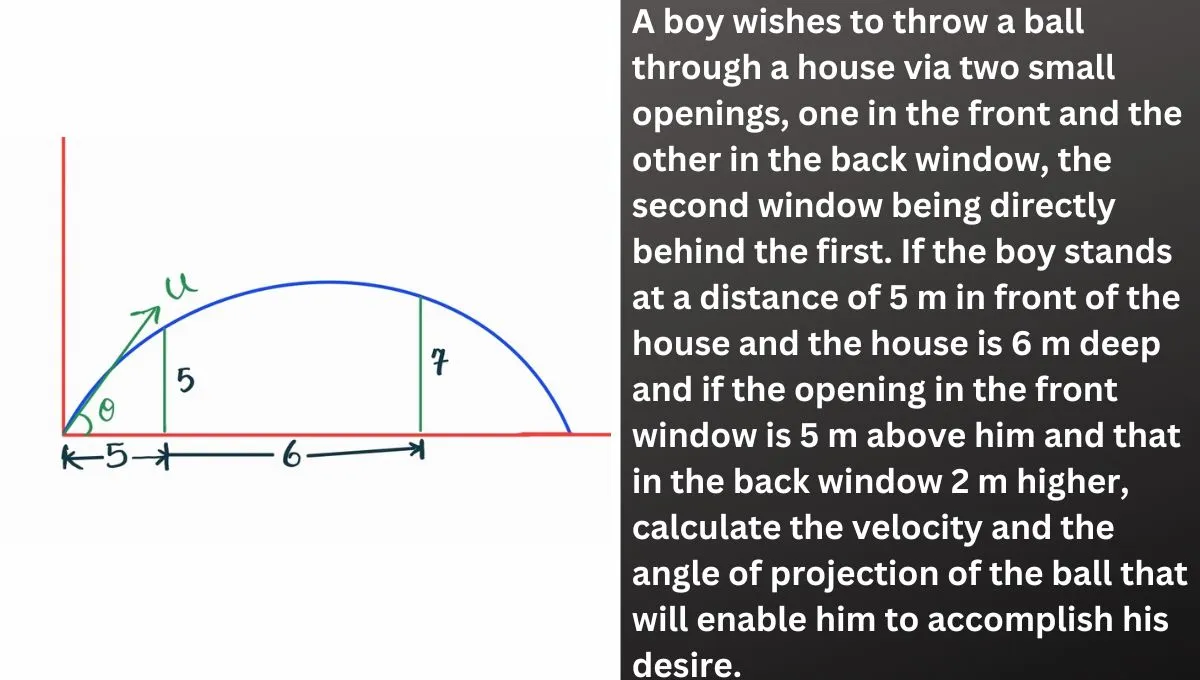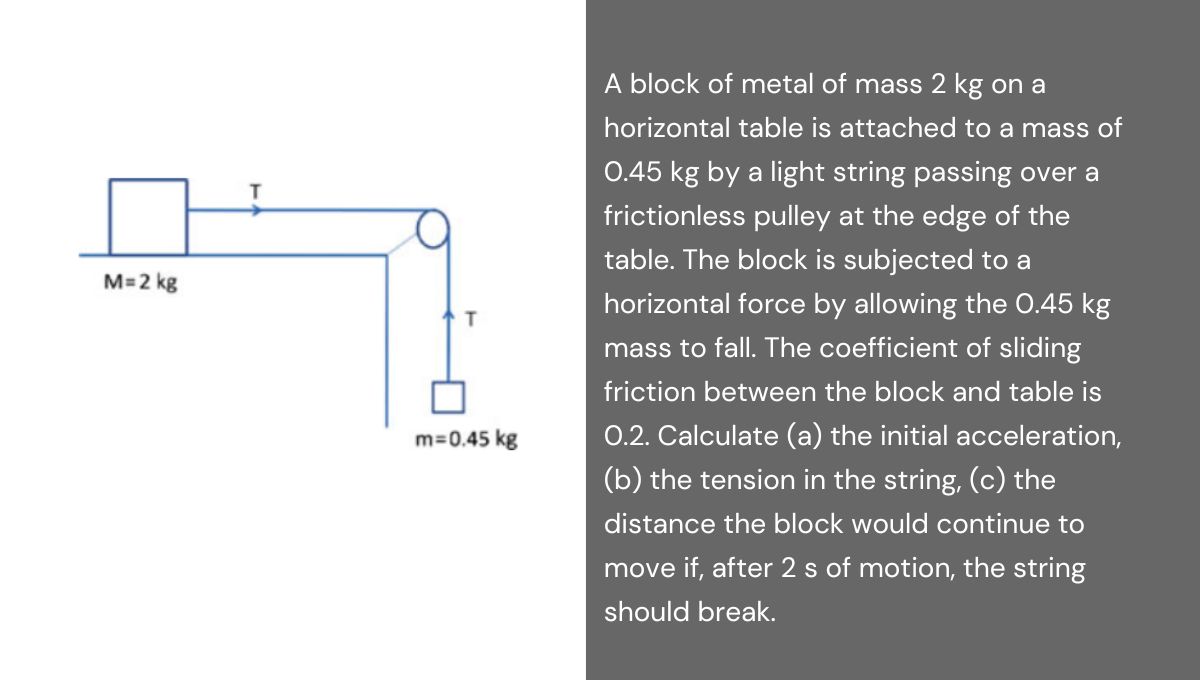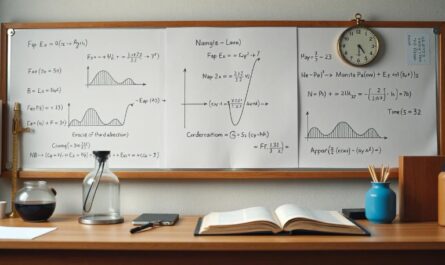Problem:
(a) A tiny ball of mass ![]() g carries a charge of magnitude
g carries a charge of magnitude ![]() C. It is suspended by a thread in a downward electric field of intensity
C. It is suspended by a thread in a downward electric field of intensity ![]() N/C.
N/C.
What is the tension in the thread if the charge on the ball is
(i) positive?
(ii) negative?
(b) A uniform electric field is in the negative x-direction. Points a and b are on the x-axis, a at x = 2m and b at x = 6m.
(i) Is the potential difference ![]() positive or negative?
positive or negative?
(ii) If the magnitude of ![]() is
is ![]() V, what is the magnitude E of the electric field?
V, what is the magnitude E of the electric field?
Explanation:
Part (a):
The forces acting on the ball are:
- Gravitational force,
 , acting downward.
, acting downward. - Electric force,
 , acting downward for a positive charge and upward for a negative charge.
, acting downward for a positive charge and upward for a negative charge.
The tension in the thread is determined by balancing the forces.
in the thread is determined by balancing the forces.
For a positive charge, the tension is:
![]()
For a negative charge, the tension is:
![]()
Part (b):
The relationship between electric field ![]() , potential difference
, potential difference ![]() , and distance
, and distance ![]() is:
is:
![]()
The potential difference ( V_b – V_a ) is positive because the electric field points in the negative x-direction, and the potential decreases in the direction of the field.
Solution:
Part (a):
(i) For a positive charge:
The gravitational force is:
![]()
The electric force is:
![]()
The tension is:
![]()
(ii) For a negative charge:
The tension is:
![]()
Final Answers (a):
(i) ![]()
(ii) ![]()
Part (b):
(i) Sign of ![]() :
:
The electric field points in the negative x-direction, and the potential decreases along the field’s direction. Therefore, ( V_b – V_a ) is positive.
(ii) Magnitude of the electric field:
The distance between ![]() and
and ![]() is:
is:
![]()
The magnitude of the electric field is:
![]()
Final Answers (b):
(i) ![]() is positive.
is positive.
(ii) ![]()




